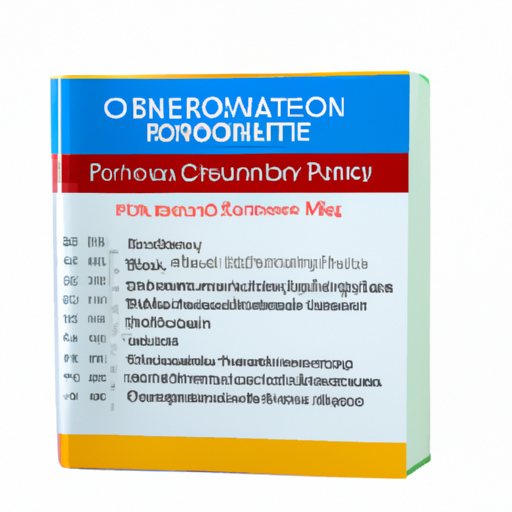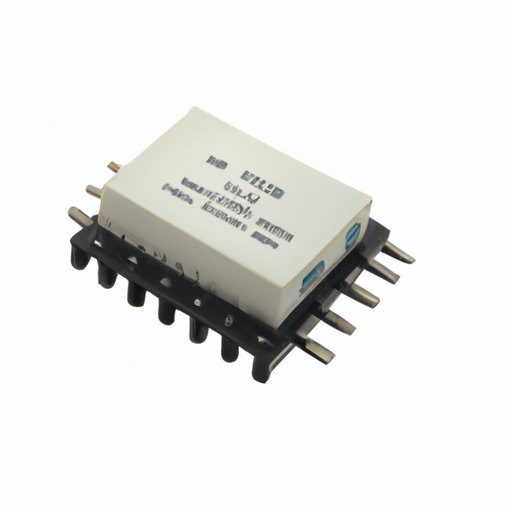What is the Comparison Difference Between Mainstream Thin Film Resistor Models?
I. Introduction
A. Definition of Thin Film Resistors
Thin film resistors are passive electronic components that provide resistance in a circuit. They are made by depositing a thin layer of resistive material onto a substrate, which can be made from various materials such as ceramic or glass. The thin film technology allows for precise control over the resistance value, making these components ideal for applications requiring high accuracy and stability.
B. Importance of Thin Film Resistors in Electronics
Thin film resistors are crucial in modern electronics due to their superior performance characteristics compared to traditional thick film resistors. They offer lower noise, better temperature stability, and tighter tolerances, making them suitable for high-precision applications in fields such as telecommunications, medical devices, and aerospace.
C. Purpose of the Comparison
This blog post aims to compare mainstream thin film resistor models, highlighting their differences in performance, physical characteristics, environmental considerations, and applications. By understanding these differences, engineers and designers can make informed decisions when selecting the appropriate resistor for their specific needs.
II. Overview of Thin Film Resistor Technology
A. Basic Principles of Thin Film Resistors
1. Structure and Composition
Thin film resistors consist of a thin layer of resistive material, typically metal or metal oxide, deposited on a non-conductive substrate. The thickness of the resistive layer is usually in the range of nanometers to micrometers, which allows for precise control over the resistance value.
2. Manufacturing Process
The manufacturing process of thin film resistors involves several steps, including substrate preparation, deposition of the resistive layer, patterning, and trimming. Techniques such as sputtering, evaporation, or chemical vapor deposition are commonly used to create the resistive layer.
B. Key Characteristics
1. Resistance Value
Thin film resistors can be manufactured to provide a wide range of resistance values, typically from a few ohms to several megaohms.
2. Temperature Coefficient
The temperature coefficient of resistance (TCR) indicates how much the resistance changes with temperature. Thin film resistors generally have a low TCR, making them suitable for applications where temperature stability is critical.
3. Tolerance
Thin film resistors offer tight tolerances, often as low as 0.1%, which is essential for high-precision applications.
4. Noise Characteristics
These resistors exhibit low noise levels, which is particularly important in sensitive electronic circuits.
III. Mainstream Thin Film Resistor Models
A. Overview of Popular Models
1. Model A: Vishay's MBB Series
The MBB series from Vishay is known for its high precision and stability. It features a resistance range from 1 ohm to 10 megaohms and a TCR as low as ±5 ppm/°C.
2. Model B: Yageo's CFR Series
Yageo's CFR series offers a balance between performance and cost. It has a resistance range of 10 ohms to 1 megaohm and a TCR of ±25 ppm/°C.
3. Model C: Panasonic's ERJ Series
Panasonic's ERJ series is designed for high-frequency applications, with a resistance range from 1 ohm to 10 megaohms and a TCR of ±15 ppm/°C.
4. Model D: Bourns' 2010 Series
The Bourns 2010 series is known for its compact size and versatility. It offers a resistance range from 10 ohms to 1 megaohm and a TCR of ±50 ppm/°C.
B. Application Areas for Each Model
Vishay's MBB Series: Ideal for precision measurement and instrumentation.
Yageo's CFR Series: Suitable for general-purpose applications in consumer electronics.
Panasonic's ERJ Series: Best for high-frequency circuits in telecommunications.
Bourns' 2010 Series: Commonly used in compact electronic devices and automotive applications.
IV. Comparison Criteria
A. Electrical Performance
1. Resistance Range
The resistance range varies among models, with Vishay's MBB and Panasonic's ERJ series offering the widest range.
2. Power Rating
Power ratings are crucial for determining how much power a resistor can handle without overheating. Vishay's MBB series typically has a higher power rating compared to others.
3. Temperature Coefficient of Resistance (TCR)
The TCR is a critical factor for applications requiring temperature stability. Vishay's MBB series leads with the lowest TCR, making it the best choice for high-precision applications.
B. Physical Characteristics
1. Size and Form Factor
The physical size of the resistors can impact their application. Bourns' 2010 series is particularly compact, making it suitable for space-constrained designs.
2. Mounting Options
Surface mount technology (SMT) is becoming increasingly popular, and models like Panasonic's ERJ series are designed for SMT applications, while others may offer both SMT and through-hole options.
C. Environmental Considerations
1. Operating Temperature Range
Different models have varying operating temperature ranges, with Vishay's MBB series typically rated for higher temperatures.
2. Moisture Sensitivity
Moisture sensitivity is an important factor in certain environments. Models like Yageo's CFR series are designed to withstand higher humidity levels.
D. Cost and Availability
1. Price Comparison
Pricing can vary significantly among models, with Vishay's MBB series generally being on the higher end due to its precision characteristics.
2. Market Availability
Availability can also differ, with some models being more readily available through distributors than others.
V. Detailed Comparison of Selected Models
A. Model A vs. Model B
1. Performance Metrics
Vishay's MBB series outperforms Yageo's CFR series in terms of TCR and tolerance, making it more suitable for high-precision applications.
2. Advantages and Disadvantages
Vishay's MBB Series: Advantageous for precision but higher cost.
Yageo's CFR Series: More cost-effective but less precise.
B. Model C vs. Model D
1. Performance Metrics
Panasonic's ERJ series offers better performance in high-frequency applications compared to Bourns' 2010 series, which is more versatile but less specialized.
2. Advantages and Disadvantages
Panasonic's ERJ Series: Excellent for high-frequency applications but may not be as compact.
Bourns' 2010 Series: Compact and versatile but not optimized for high-frequency use.
C. Summary of Key Differences
The key differences among the models lie in their performance metrics, physical characteristics, and application suitability. Vishay's MBB series excels in precision, while Yageo's CFR series offers a more budget-friendly option. Panasonic's ERJ series is tailored for high-frequency applications, whereas Bourns' 2010 series is compact and versatile.
VI. Applications and Use Cases
A. High-Precision Applications
Thin film resistors are essential in applications requiring high accuracy, such as medical devices and precision measurement instruments.
B. Consumer Electronics
In consumer electronics, cost-effective options like Yageo's CFR series are commonly used.
C. Industrial Applications
Industrial applications often require robust resistors, making models like Vishay's MBB series ideal due to their stability and reliability.
D. Automotive and Aerospace
In automotive and aerospace applications, reliability and performance are critical, making thin film resistors a preferred choice.
VII. Conclusion
A. Summary of Findings
The comparison of mainstream thin film resistor models reveals significant differences in performance, physical characteristics, and application suitability. Vishay's MBB series stands out for precision, while Yageo's CFR series offers a cost-effective alternative.
B. Recommendations for Selection
When selecting a thin film resistor, consider the specific requirements of your application, including precision, environmental conditions, and budget constraints.
C. Future Trends in Thin Film Resistor Technology
As technology advances, we can expect further improvements in thin film resistor performance, including enhanced stability, reduced size, and lower costs, making them even more integral to modern electronics.
VIII. References
A. Academic Journals
- Journal of Electronic Materials
- IEEE Transactions on Components, Packaging and Manufacturing Technology
B. Manufacturer Specifications
- Vishay Intertechnology
- Yageo Corporation
- Panasonic Corporation
- Bourns, Inc.
C. Industry Reports
- Market Research Reports on Passive Components
- Industry Analysis on Thin Film Resistor Trends
This comprehensive analysis of mainstream thin film resistor models provides valuable insights for engineers and designers, helping them make informed decisions in their electronic designs.













